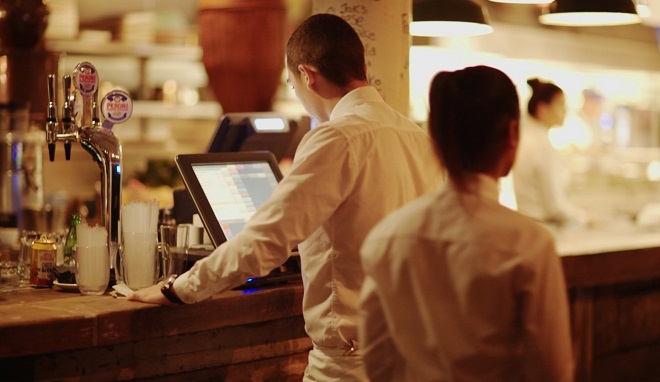

Annie Legge is a strategic marketing leader & brand storyteller with over 8 years’ experience, having worked with retail, placemaking and technology businesses to enhance their marketing strategies.
Hospitality is no longer just about a great menu, service or atmosphere. Customers expect businesses to deliver omni-channel experiences, with technology having a meaningful impact on every aspect of the customer journey.
In a recent report, 57% of consumers agree technology in restaurants improves overall experience. Operationally, this can be very demanding for businesses and creates pressure to use multiple systems simultaneously. In this article we will explore the benefits of investing in five different types of integrated systems that will help overcome these challenges.
1. One Hub for All
One of the most effective and reliable ways to integrate multiple software is using a data hub. Typically, your applications such as the point of sale system, ordering website, loyalty apps, e-marketing solutions and dashboards will run alongside each other. Imagine connecting the data from all your applications through one centralised cloud.
Luckily, a clever piece of tech called HubRise, has already been developed in France and it helps create your own technology ecosystem. As the founder, Antoine Monnier explains:
HubRise was developed as an aid for businesses increasingly experiencing challenges when integrating multiple apps and data. HubRise is designed to breakdown the connectivity barriers between applications, specifically in the food and retail industries. Open EPOS partners integrate with HubRise to enable integrations to an unlimited number of applications.
2. Point of Sale Software
 EPOS (electronic point of sale) systems are the technology backbone of a hospitality business, offering a plethora of customer and transaction data to take advantage of. Integrating the POS with other applications, such as loyalty apps, will create opportunities to increase revenue and engage with customers using valuable data insights.
EPOS (electronic point of sale) systems are the technology backbone of a hospitality business, offering a plethora of customer and transaction data to take advantage of. Integrating the POS with other applications, such as loyalty apps, will create opportunities to increase revenue and engage with customers using valuable data insights.
A leading UK EPOS provider, 3S POS, has integrated with multiple applications to enhance their EPOS suite. This is driven by increasing demand in specialised functionality to accommodate specific operational processes. The spectrum of integrations is vast – from granular stock control to online ordering with a highly sophisticated menu build. Haitham Salman, Director at 3S POS added:
By integrating our EPOS and nurturing partnerships with these technology providers, we continue our mission to adapt to ever-changing demands of the industry and offer the right tech solutions to suit all types of operations.
3. Online Ordering
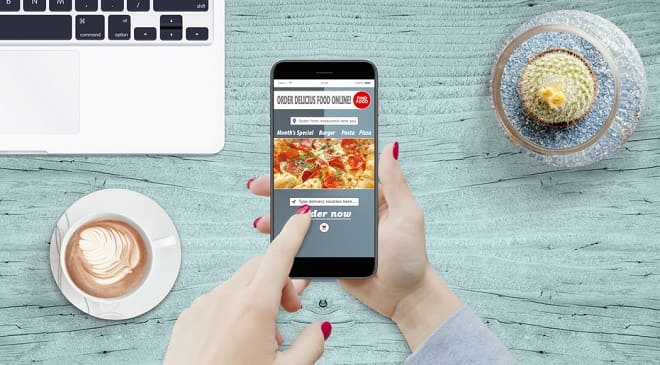
The latest tech trends in hospitality show an acute rise in online ordering solutions (Click & Collect, Delivery, Self Ordering Kiosks). Forward-thinking EPOS companies provide built-in solutions to manage orders online. For businesses with a sophisticated menu that requires a bespoke approach, LivePepper provide the perfect solution. Janaina Wittner, Strategic Business Development at LivePepper, said:
We are excited to be providing industry-leading technology that facilitates the end-to-end ordering process, transactions and customer data analysis.
What’s even more exciting is that via HubRise, the bespoke ordering website can be integrated with almost any other application. For instance, delivery driver management software, OrderLord, is a welcome addition for any takeaway business looking to manage their deliveries more efficiently. OrderLord is powered by an intelligent algorithm for driver routing and order management and even boasts reporting and analytics functionality.
4. Payment
As we see more food & hospitality businesses move towards a flexible business model, the payment solutions must be able to enable and empower merchants. Europe’s largest merchant service provider, PaymentSense, offer an integrated payment solution called Connect™ to support all business types.
Pay at Table functionality is integrated with EPOS and allows staff to print the bill for the table and split payment straight from the card machine without having to return to the till terminal.
Self-service kiosks are also on the rise, especially amongst the quick service (QSR) operators.
Technology like this is proven to help restaurants turn tables up to four times faster, while improving customer satisfaction and overall dining experience.
On the online sphere, a fully integrated Payment Gateway is a must to optimize online customer purchasing experience. This is possible with real One-click payment integrations only. Customer’s Credit Card details can be saved when they place their first order, allowing for simplified, very quick payments thereafter. Practical and secure, one-click payment benefits both the buyer and the seller.
5. Loyalty & Customer Engagement
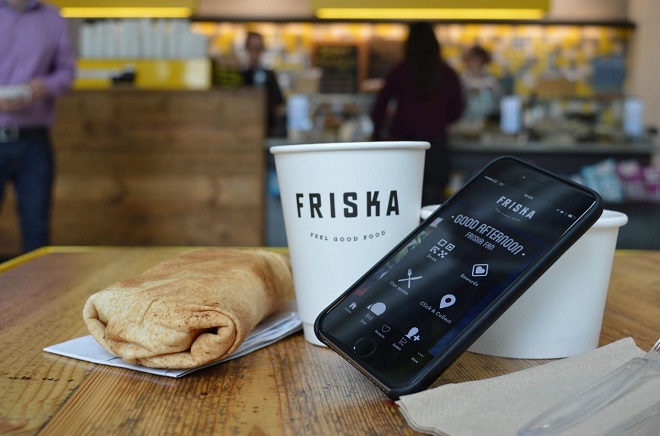
Making the case for loyalty, white-label app pioneers 5loyalty, have been developing bespoke solutions with integration in mind. Today’s consumers expect instant gratification and with functionality such as in-app ordering, payment and push notifications, businesses can engage up to 15 times more with their customers.
Taking this a little further, Como Sense offer an effective customer engagement platform that uses data to personalise customer experiences. The powerful built-in marketing automation is powered by AI and can grow visits and spend by up to 48%.
A full loyalty integration with EPOS and online ordering turns customer transaction data into opportunities for sustained customer growth and omnichannel engagement.
Conclusion
The above is by no means an exhaustive list of possible integrations for hospitality technology, but rather a taster to inspire new, smarter ways to manage restaurant business operations. When choosing your next technology partner, it’s worth asking whether they would be open to integration with other business management software and whether they’re able to provide the API for the integration.
In a connected world, everyone’s a winner.


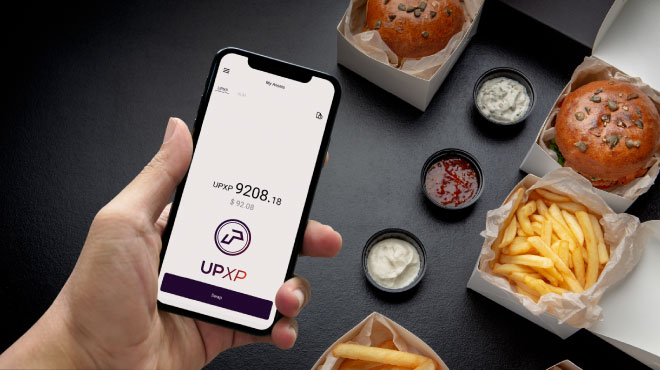

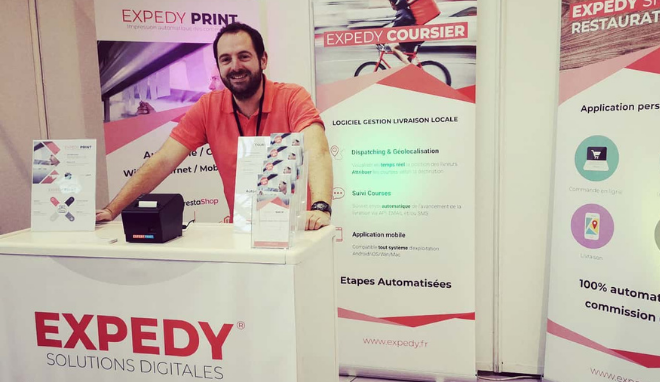
Comments